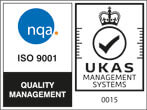The RIGOL DSA800 and DSA700 families have an RMS Average detector which is great for basic average measurements. However, the RMS Average detector differs from the Linear Average detectors associated with many EMI measurements.
This measurement can best be approximated by combining a video bandwidth filter of 10 Hz and using a linear amplitude scale mode. This test method is considered appropriate by the FCC.
Citation: Andre, Patrick and Wyatt, Kenneth. EMI Troubleshooting Cookbook for Product Designers. Scitech Publishing, 2014.
This and a great wealth of information on EMI measurements and techniques can be found in the EMI Troubleshooting book cited above.
Average detector
AMK Advanced Measurement Kit
AMK-DSA800 option provides various measurement functions, including T-Power (Total Power), ACP (Adjacent Channel Power), Chan Pwr (Channel Power), OBW (Occupied Bandwidth), EBW (Emission Bandwidth), C/N Ratio, Harmo Dist (Harmonic Distortion) and TOI (Third Order Intermodulation). For advanced measurement functions, the measurement mode can be single or continuous and you can control the measurement including Restart, Pause and Resume.
- T-Power
The instrument enters zero span mode and calculates the power within the time domain. The types of powers available include Peak, Average and RMS.
- ACP
Measure the Powers of the main channel and adjacent channels as well as the power difference between the main channel and each of the adjacent channels. When this function is enabled, the span and resolution bandwidth of the analyzer are adjusted to smaller values automatically.
- Chan Pwr
Measure the power and power spectral density within the specified channel bandwidth. When this function is enabled, the span and resolution bandwidth are automatically adjusted to smaller values.
- OBW
Integrate the power within the whole span and calculate the bandwidth occupied by this power according to the specified power ratio. The OBW function also indicates the difference between center frequency of the channel under measurement and the center frequency of the analyzer.
- EBW
Measure the bandwidth between two points on the signal which are X dB below the highest point within the span.
- C/N Ratio
Measure the powers of the carrier and noise with the specified bandwidths as well as their power ratio.
- Harmo Dist
Measure the power of each order of harmonic and THD (total harmonic distortion) of the carrier. The highest order of harmonic available is 10 and the fundamental wave amplitude must be greater than -50 dBm, or else the measurement will be invalid.
- TOI
Measure the parameters of the TOI production of two signals with the same amplitude and similar frequency. Those parameters include the frequencies and amplitude of the Base Lower, Base Upper, 3rd Order Lower and 3rd Order Upper signal, as well as the intercepts of both the Base Lower and the Base Upper.
Why am I seeing the message “Intermediate Frequency Out of Range”?
There is too much power being delivered to the instrument.
The Spectrum Analyser is a Swept Superheterodyne design and does not have preselection filters. Therefore, the mixer is seeing all of the power (full 9kHz-1.5GHz frequency range) regardless of what you have set for the start and stop values.
A fixed attenuator should be added to the input before running any more tests. Perhaps 10dB to start. Then, scan quickly (100kHz RBW) from 9kHz-1.5GHz and look for peaks near 10dB or greater. These spikes are overpowering the mixer and could damage the instrument.
DSA800 USB file limit
On the DSA800 series with current firmware up to version 1.18 there is a known limit on the number of files that can be shown when viewing a USB stick’s content on the instrument front panel.
This limit is 50 files or directories. Once this number is reached additional files will not be shown in the file browser. This can cause an issue if you are saving a lot of limit, setup, or data files that you want to open later on the analyzer itself. This can also cause an issue when trying to load firmware on a full memory stick.
To make certain all your files can be viewed or opened on the analyzer we suggest separating files into folders so that no single directory has more than 50 items in it.
What’s the latest firmware that can be installed on my DSA815?
DSA815/TG’s with the following levels of hardware can be updated to the latest firmware:
BOOT version number: 00.01.04 and later
Digital FPGA version number: 00.05 and later
RF FPGA version number: 00.05 and later
Main board version number: 00.05 and later
If your DSA815 has a lower level of hardware the latest firmware level that should be installed is v1.08.
Setting up the DSA800 series spectrum analyzers to capture the lowest level signals
The DSA800 series spectrum analyzers consist of the DSA815, DSA832E, DSA832 and DSA875. Each can come with or without a tracking generator.
The lowest level signal you will be able to see captured on a spectrum analyzer will be limited by the DANL or displayed average noise level so the lower the DANL the better.
To obtain the lowest DANL the DSA800 series analyzers will need to be operating within these parameters and settings:
Attenuation = 0 dB
RBW = VBW = 100Hz
Sample Detector
Trace Average greater or equal to 50
Tracking Generator set to off
Normalized to 1Hz
Operating between 20°C to 30°C
Setting up the RSA3000 and RSA5000 series spectrum analysers to capture the lowest level signals
The lowest level signal you will be able to see captured on a spectrum analyser will be limited by the DANL or displayed average noise level so the lower the DANL the better.
To obtain the lowest DANL the RSA3000/RSA5000 series analyzers will need to be operating within these parameters and settings:
Attenuation = 0 dB
Sample Detector
Trace Average greater or equal to 50
Tracking Generator set to off
Normalized to 1Hz
Operating between 20°C to 30°C
Input Impedance set to 50 Ohms
My spectrum analyser displays 1st LO Unlock. What could be wrong?
1st LO unlock indicates a hardware problem. The instrument will need to be repaired.
Contact Telonic for service on this instrument.
What is the DSA815 calibration interval?
Calibration interval for the DSA800 family is 1 year. Most RIGOL instruments specify a 1 year interval. Some instruments specfication document have specifications for multiple intervals.
On any specification document you can find the interval for the instrument.
Precompliance: Susceptibility testing
To learn more about using RIGOL Instruments in EMC Precompliance testing go to our application site at:
www.rigolemc.com
EMC Precompliance: Near Field Probes
To learn more about using RIGOL Instruments in EMC Precompliance testing go to our application site at:
www.rigolemc.com
Common HAM and Broadcast uses for a spectrum analyser
1. Measuring the performance of a crystal filter
Hams use crystal filters in their radios to enhance selectivity, but short of installing the
filter there is really no easy way to test one. A spectrum analyser with a tracking generator
makes it fairly easy. Simply feed the tracking generator into the filter input and look at the
resulting response from the filter output.
A nice additional feature on some spectrum analysers is the “N dB” feature that makes it
easy to find the point where the response is N dB down from that at the filter center
frequency.
2. Testing and adjusting duplexers and diplexers
Duplexers are used in repeater installations to allow a single antenna to be used for
simultaneous receive and transmit on slightly separated frequencies. In order to do this the
duplexer has to be adjusted so that it provides the required attenuation of the transmitter
frequency so that it does not interfere with the receiver.
Any repeater owner has to deal with tuning a duplexer at some point. A spectrum analyser
with a tracking generator makes this easy.
A diplexer allows the use of a single antenna on two different bands, and is a lot smaller
than a duplexer. Lots of HAMs use diplexers in their cars to allow a single antenna to be
used on both the VHF and UHF bands.
3. Coaxial stub tuning and coaxial cable measurements
Attach a piece of coaxial cable to the input/output of the tracking generator using
a T connector. First, this shows you the frequency where the cable is 1/4
wavelength long. ¼ wavelength coaxial stubs are often used to reduce interference from
nearby transmitters. You can trim a piece of coaxial cable until you reach the frequency
you want just by cutting a small amount from the cable and watching the response on the
screen.
Another useful feature using the T-connector technique is that when you have determined
the frequency where the cable is 1/4 wavelength long you can easily determine the
physical length of the cable without actually having to measure it. All you need to know is
the frequency where the cable is 1/4 wavelength long (read from the screen on the
spec an) and the velocity factor of the cable which is a specification that can be looked up
for any type of cable.
Then the length of the cable (in feet) is calculated by the formula L = (246*Vf) / F, where
F is the frequency in MHz.
4. Antenna performance (return loss)
The return loss of an antenna is a measure of how close its impedance is to that of the
system driving it. You can measure return loss with the spectrum analyser and the tracking
generator if you have a directional coupler. By attaching the reflected port to the spectrum
analyser you can measure the return loss of an attached antenna, and you can calculate
VSWR from return loss by the formula VSWR = (1+(10^RL/20)) / ((10^RL/20)-1) where
RL is the measured return loss.
5. FM and AM Radio Channel performance.. you can demodulate, see the frequency and
amplitude deviation, etc..
















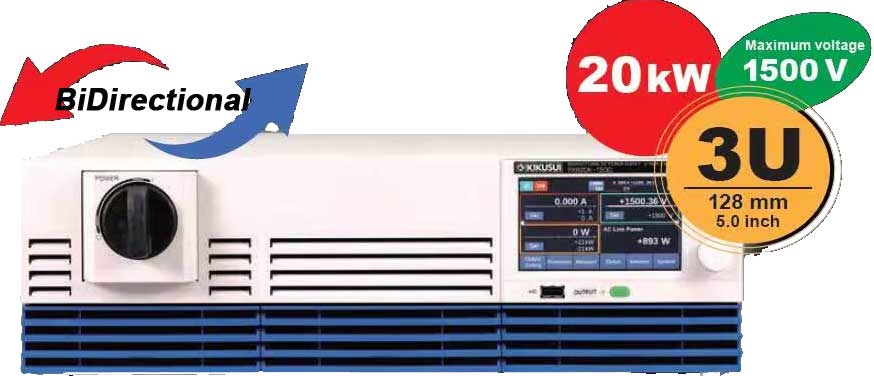





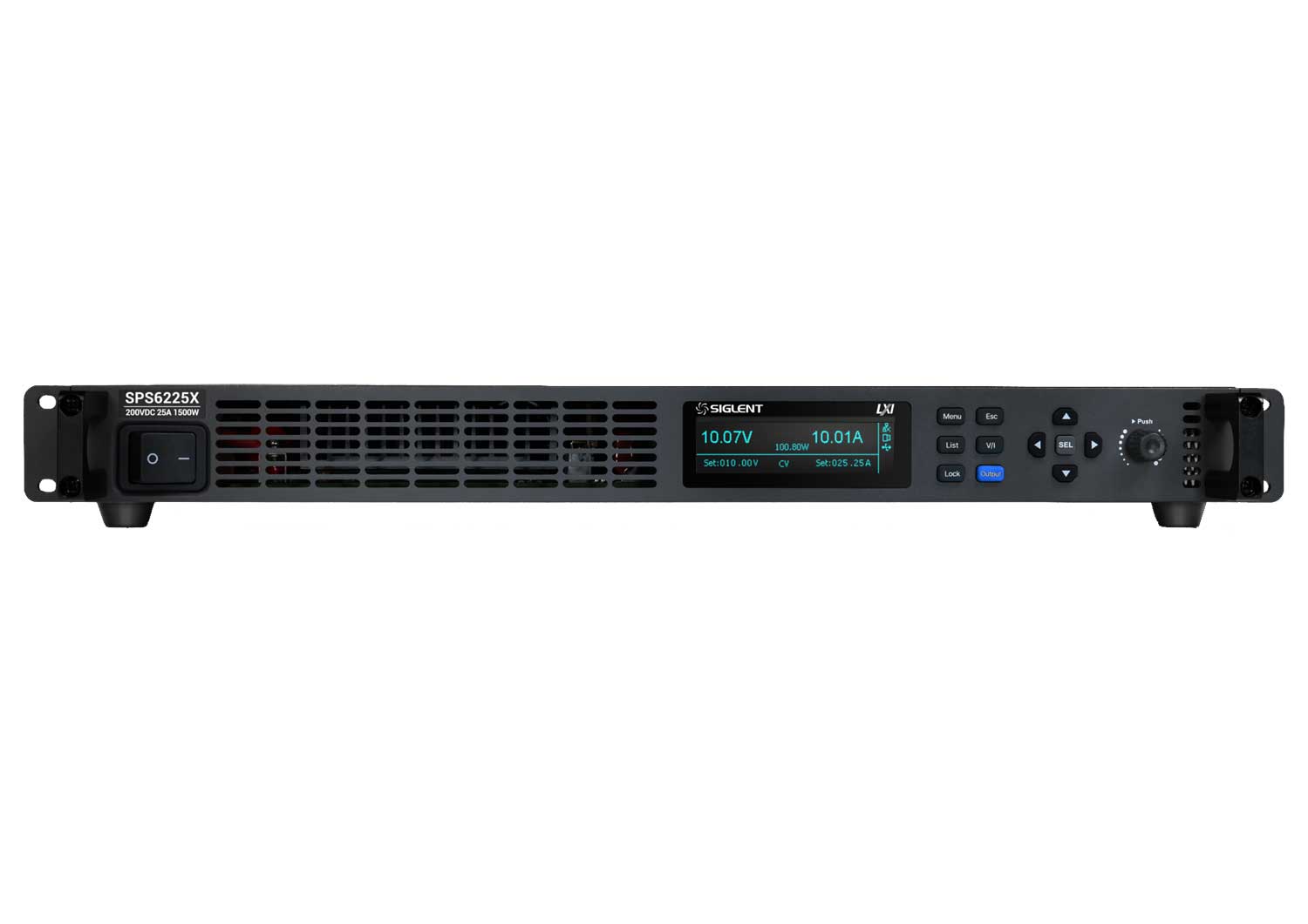

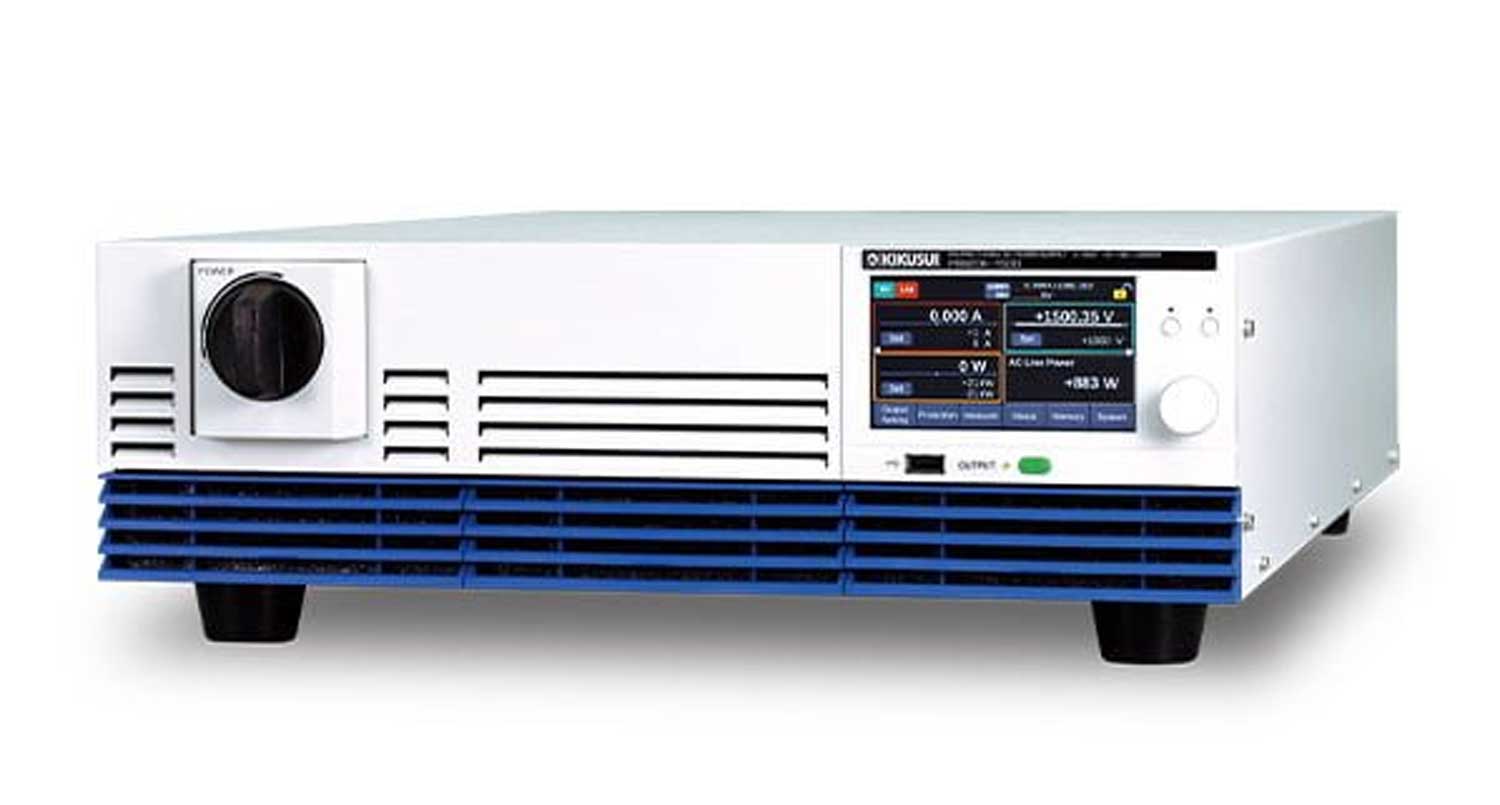
















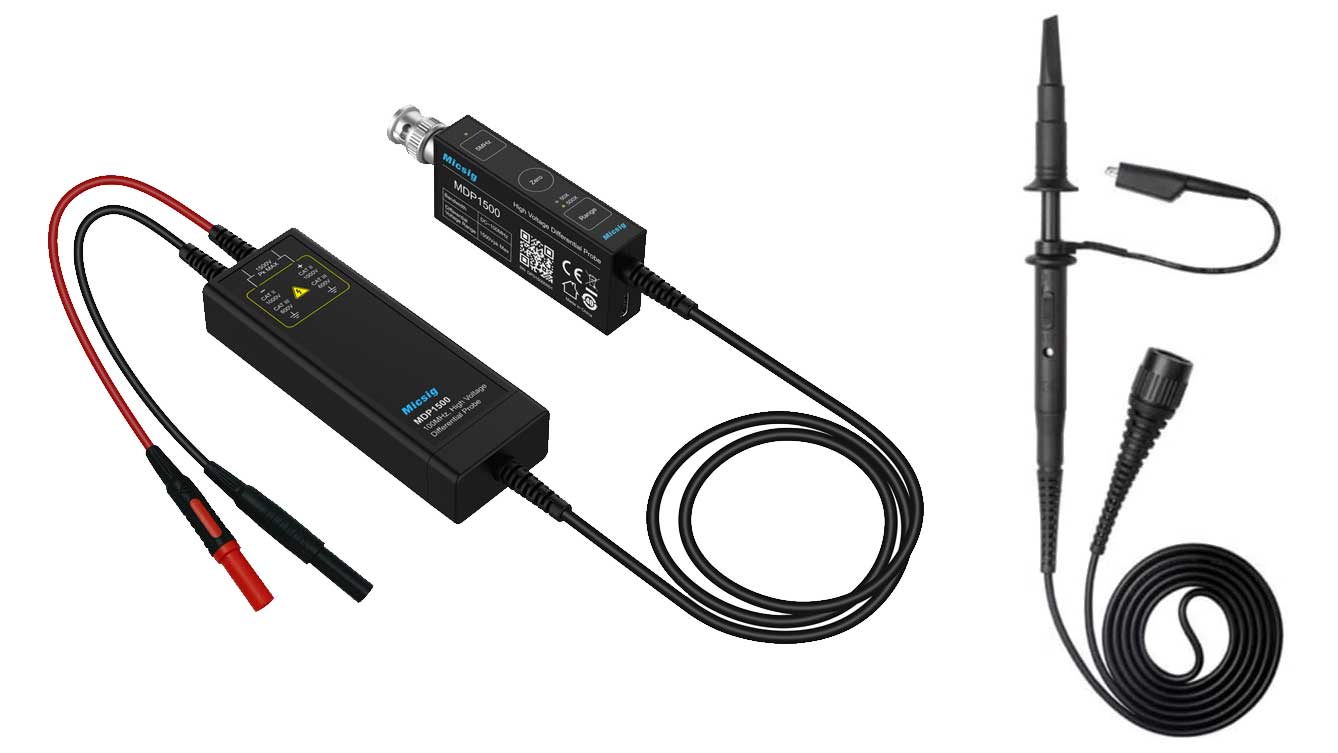









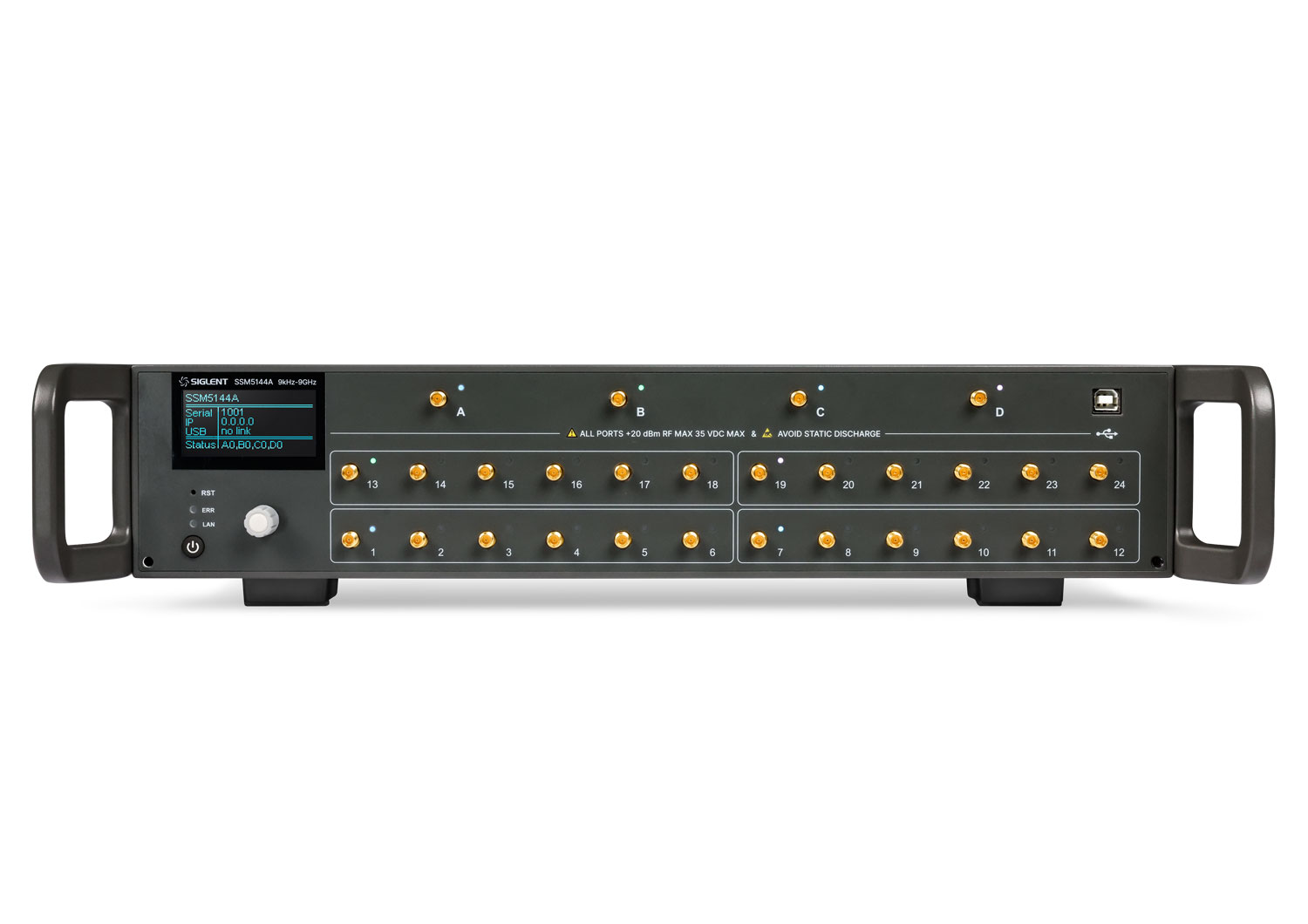












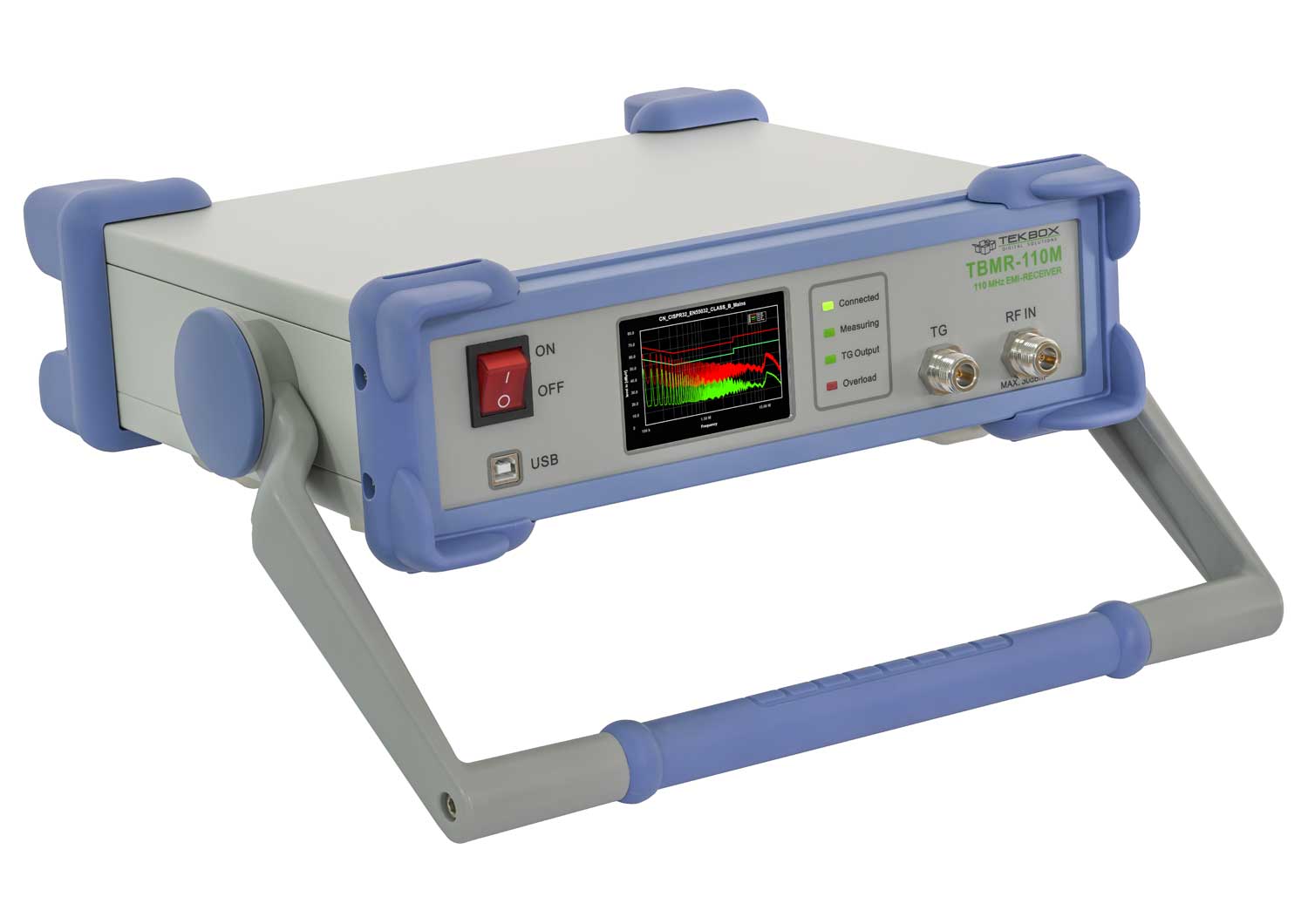
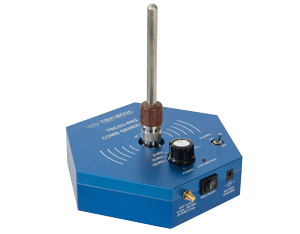

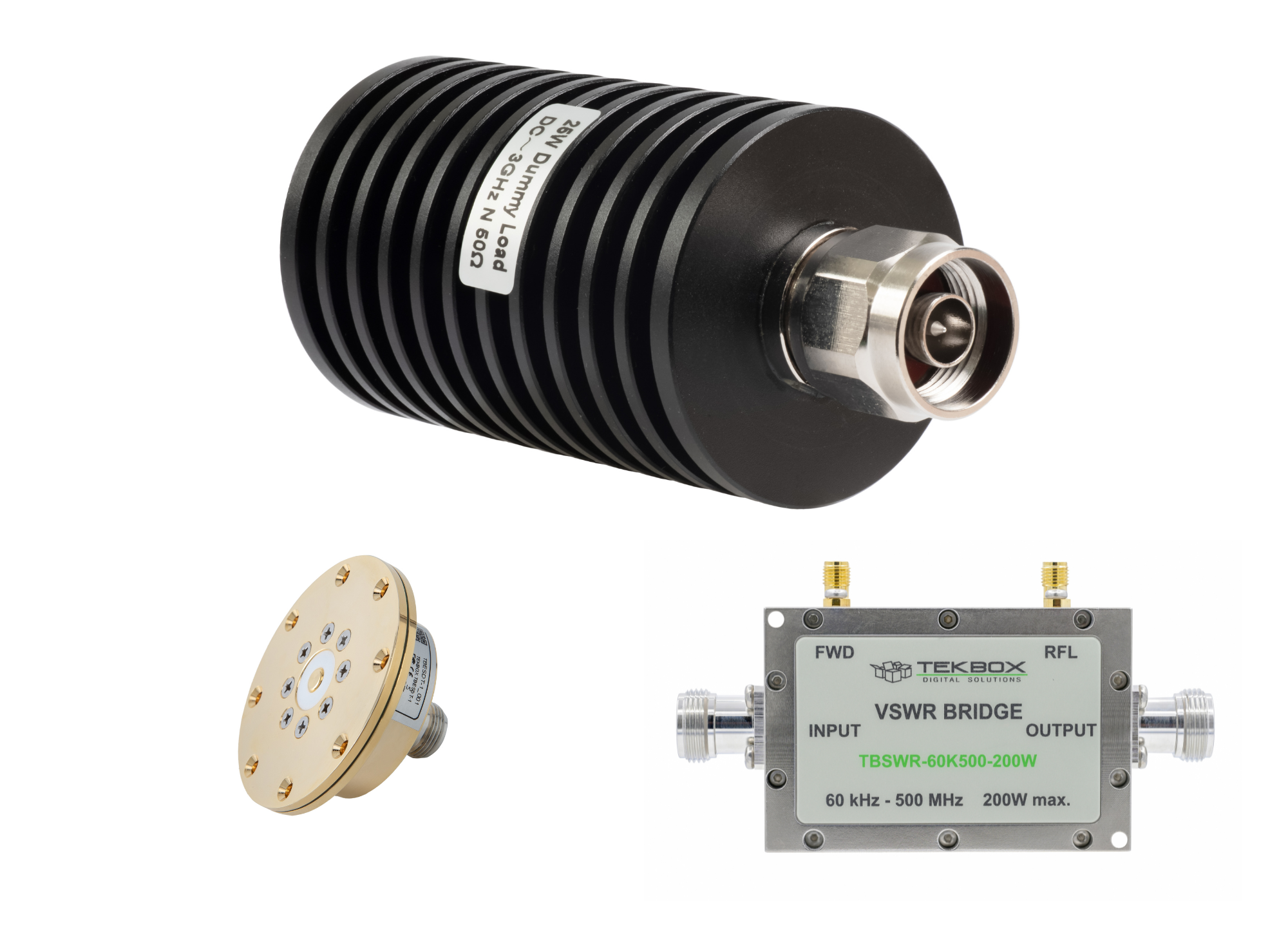




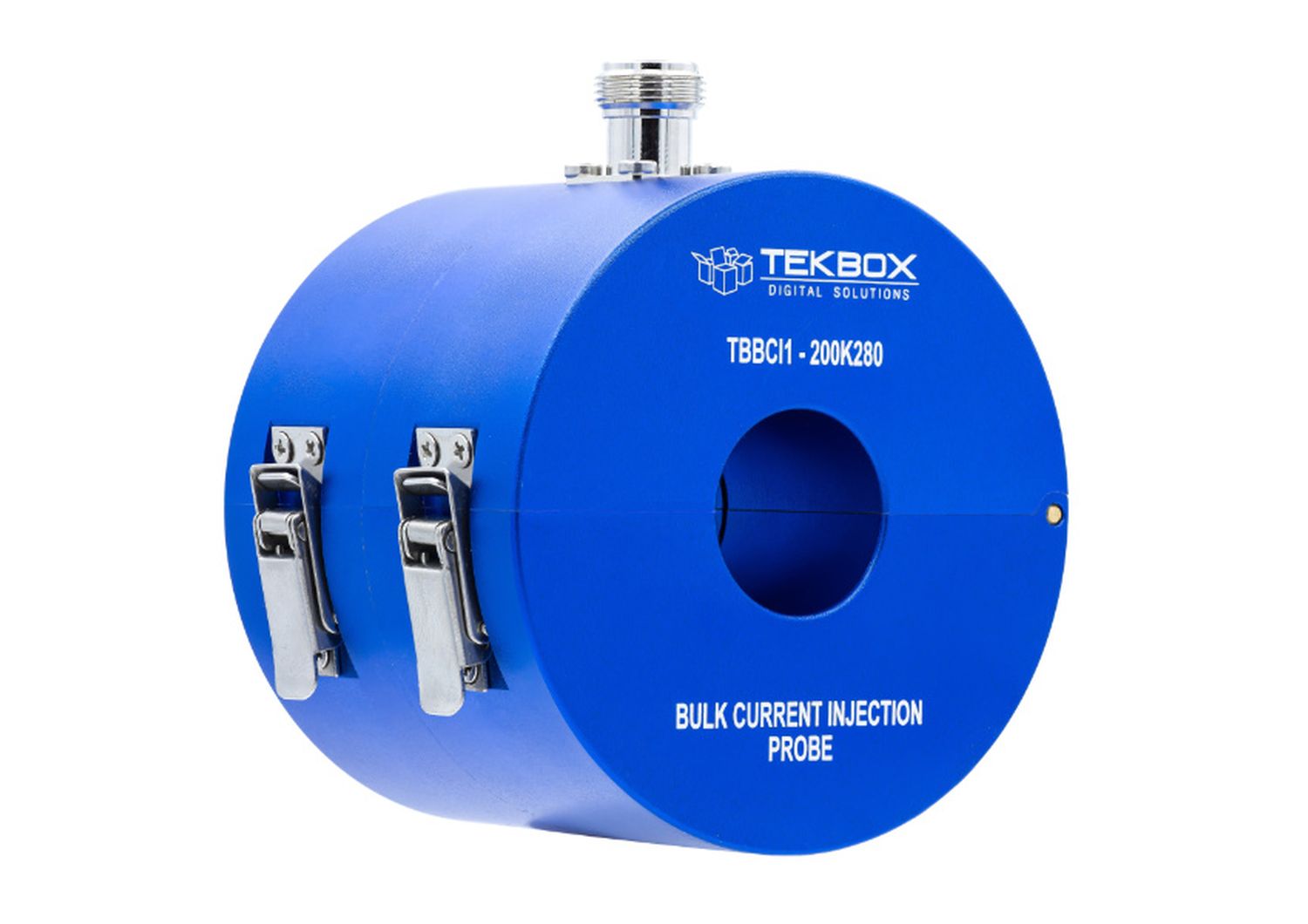



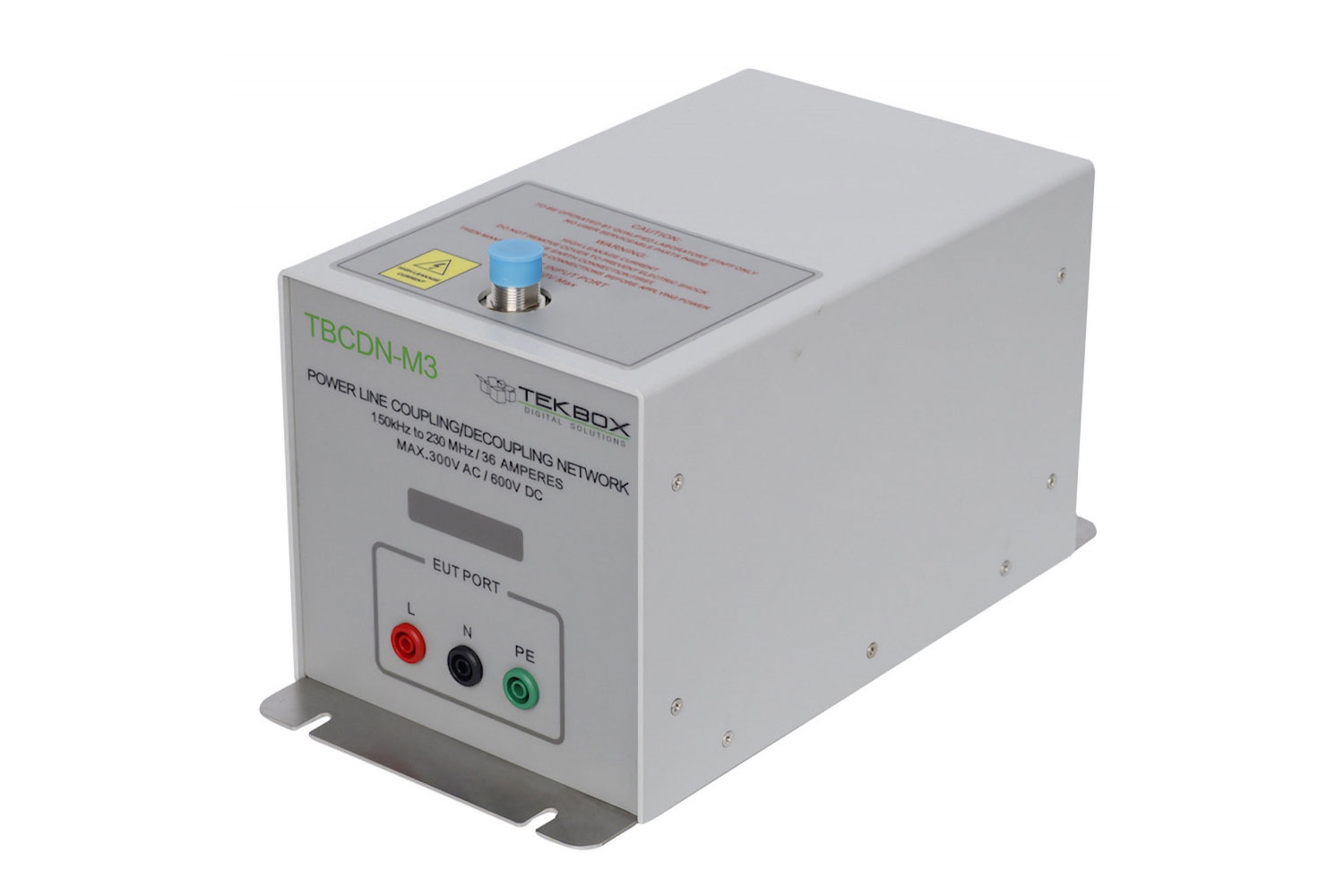
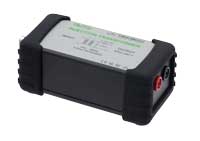















 FREE SHIPPING £75+
FREE SHIPPING £75+
 CELEBRATING 50+ YEARS
CELEBRATING 50+ YEARS
 PRICE MATCH GUARANTEE
PRICE MATCH GUARANTEE
